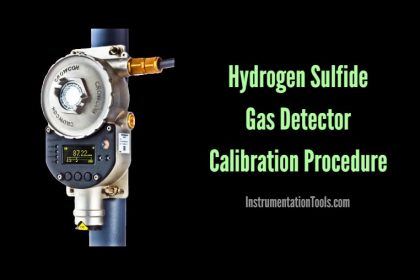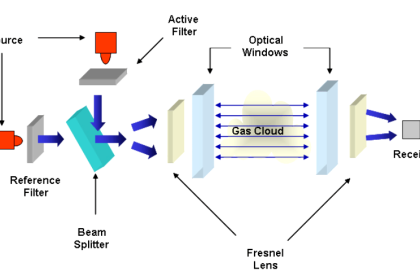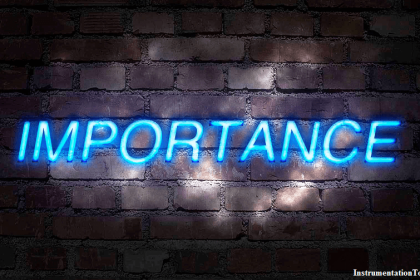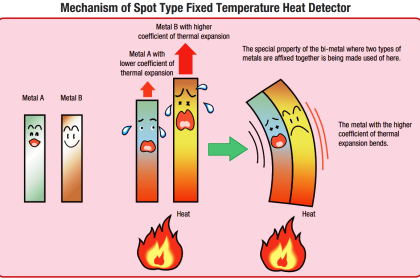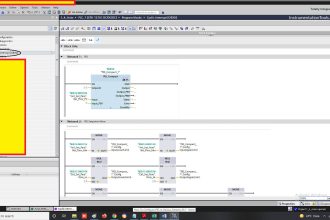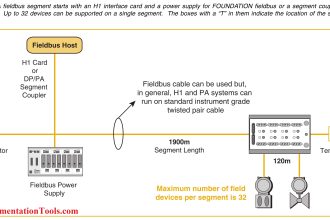When you are using a gas detector in an industrial or domestic environment, it is necessary to know the technology used inside it for sensing them.
Sensor Technologies
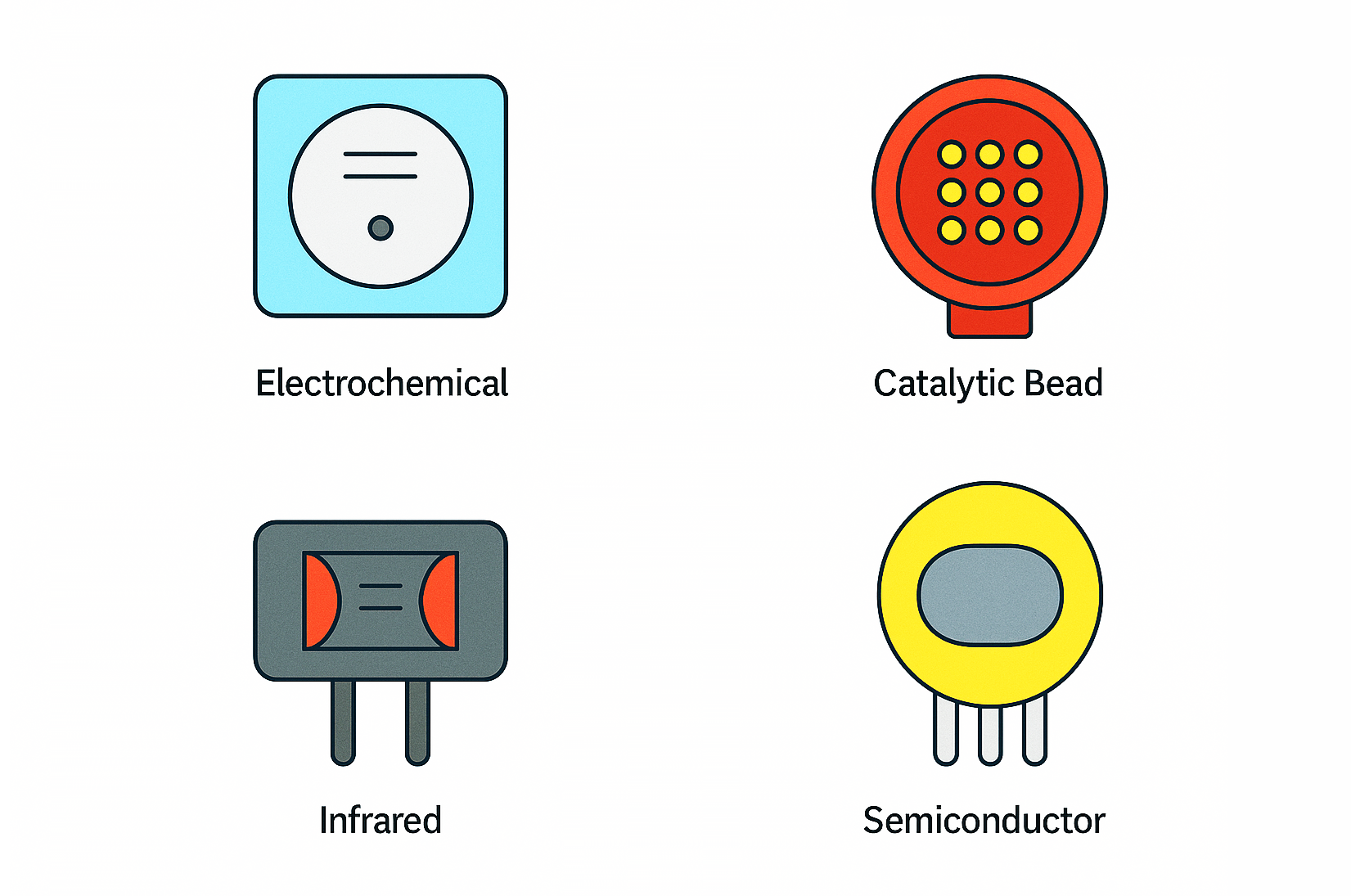
Gas detection is a complex process working inside the instrument, with a vast variety of features used in sensing the gas. Due to this, when you are choosing a detector, it is very important to know which type of technology supports which type of gas for your use. Otherwise, there is no use in buying a detector-A for gas-B. In this post, we will see the sensor technologies used in gas detectors.
Catalytic bead gas detector
This is the most traditional type of technology used in gas detectors for gases that are combustible in nature. This is because the technical aspect inside it uses combustible methods for detection. It has two beads – one active and one passive. The active bead acts as a catalyst, which helps in increasing the rate of combustion and oxidation quickly ( done by coating it with a combustible material). The passive bead is a non catalyst, which just acts as a reference point for the active lead.
Now, when the gas enters the sensor, it reacts with the active lead first. If the concentration is low, less gas will react with the lead, causing a little rise in temperature; and vice versa for the high concentration. The temperature rise is fed to an electrical circuit, which generates a voltage imbalance based on the temperature difference between active lead and passive lead. This voltage imbalance is thus directly proportional to the gas concentration.
Infrared gas detector
This is a very interesting concept used in gas detector technology. Consider a simple path like a satellite and ground station, which continuously transmits waves. Likewise, there is an IR source at one end and the detector at the other end in the sensor. Infrared red is continuously transmitted by the source. When a gas passes through that, it will absorb some of the light. So, if the gas concentration is higher, less light will fall in the detector; and vice versa for less gas concentration.
Now, you are wondering how the gas absorbs light wavelengths, right? This is because infrared light has the energy to vibrate the gas molecules by bringing them into action. And if the action is required, then this energy will be required to be consumed by that gas ( this is because gas molecules are vibrating in nature, which can either bend, stretch, or twist continuously). IR technology is also used for combustible gases, as they have the molecules required to take inputs from the light wavelength and match them for their actions.
Photo ionization detector
This detector is also called a PID gas detector. In this, similar to IR detectors, the gas molecules are instead subjected to UV light rays. Due to the exposure to UV lights, positive and negative ions are created inside, resulting in the flow of electric current. So higher the current, the higher is the gas proportion; and reverse Opera for vice versa. This technology is used for low-level toxic gases and VOCs ( volatile organic compounds)like benzene and xylene.
Electrochemical gas detector
An electrochemical type gas detector has a series of electrodes for detecting gas proportion through electric current flow. The two main electrodes inside are – working and counter. The working is pretty simple – the gas will enter the assembly, where it will first interact with the working electrode. There, as the electrode acts as an electrolyte, a chemical reaction happens between the gas and the electrode, releasing electrons. They will flow through the circuit inside to the final measurement circuit.
Now, as electrons are not required for current flow, the ions will be generated by passing that same gas through a counter electrode, which will reverse the operation and thus allow ions and electrons to attract to each other inside. So, the higher the gas concentration, the higher the electrical flow; and vice versa for lower gas proportion. This type is used for carbon monoxide, sulphur dioxide, and ammonia.
Semiconductor detector
This gas detector technology is used by implementing a semiconductor chip material specially designed to allow a chemical reaction with the gas. Initially, the semiconductor is kept open in the air void of gas, allowing only clean oxygen to react with it. Due to this, only oxygen ions and electrons are available on the chip surface. When a gas enters the assembly, it reacts with these trapped charges by trying to free them. Due to this, the charges escape, and a flow of electric current starts due to ions and electrons. The higher the flow of current, the higher the gas proportion; and vice versa for a lower gas proportion. The most commonly used semiconductor material here is tin dioxide.
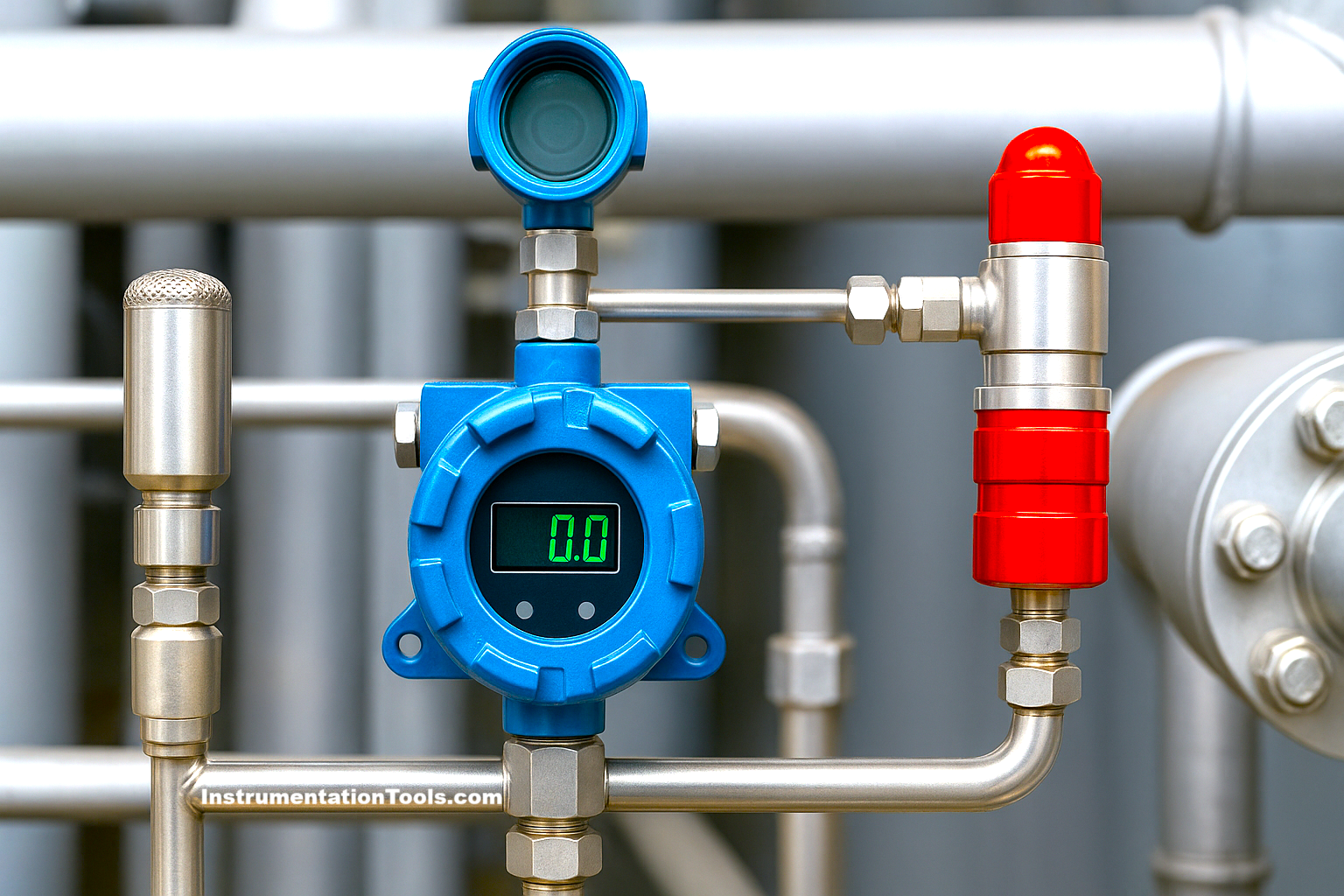
Ultrasonic gas detector
This technology is a very advanced type of method used for gas detection. It is used in areas where there is a need to check gas leakages. Basically, if there is even a minute leakage that a human eye cannot see, the gas will try to escape and create a turbulent sound. This sound is also not heard by the human ear as it is very high in frequency. The detector will hear this sound and ignore the low-frequency noise usually present outside. The higher the gas leakages or proportion, the higher the frequency detected.
In this way, we saw the various types of sensor technologies used in gas detectors.
Read Next:
- What is an Explosive Limit?
- Fire and Gas (F&G) Mapping
- Flame Detector Testing Procedure
- Hydrocarbon Gas Detector Calibration
- What is a Photoionization Detector?


